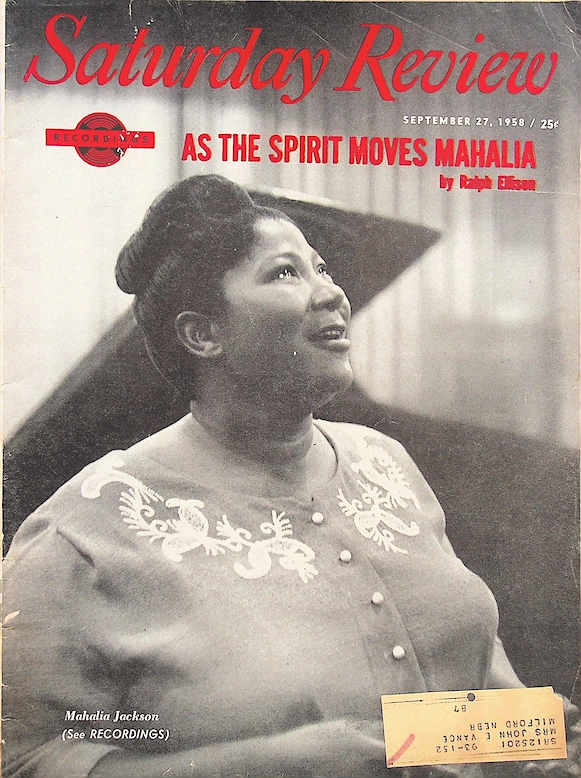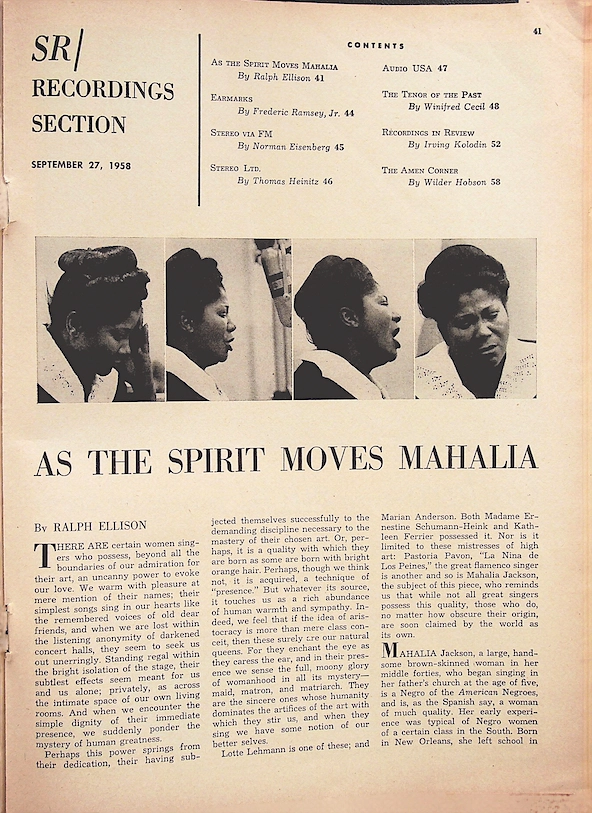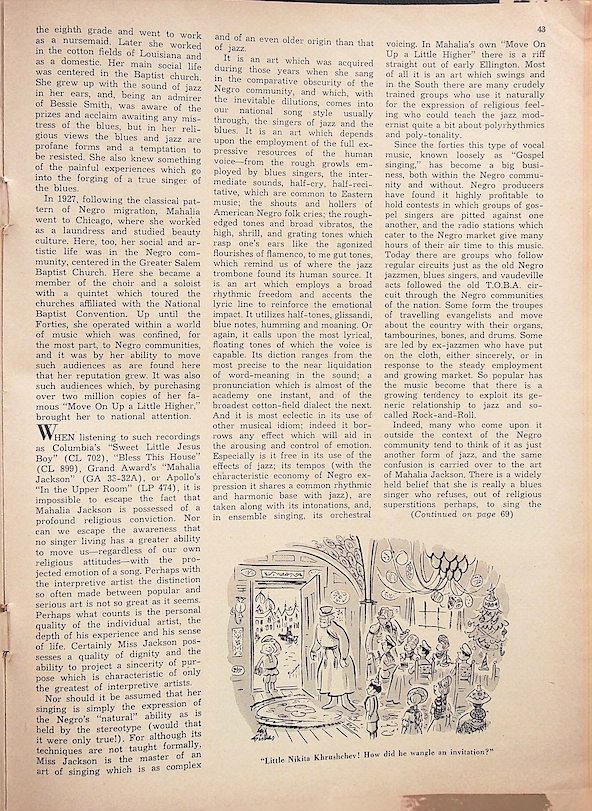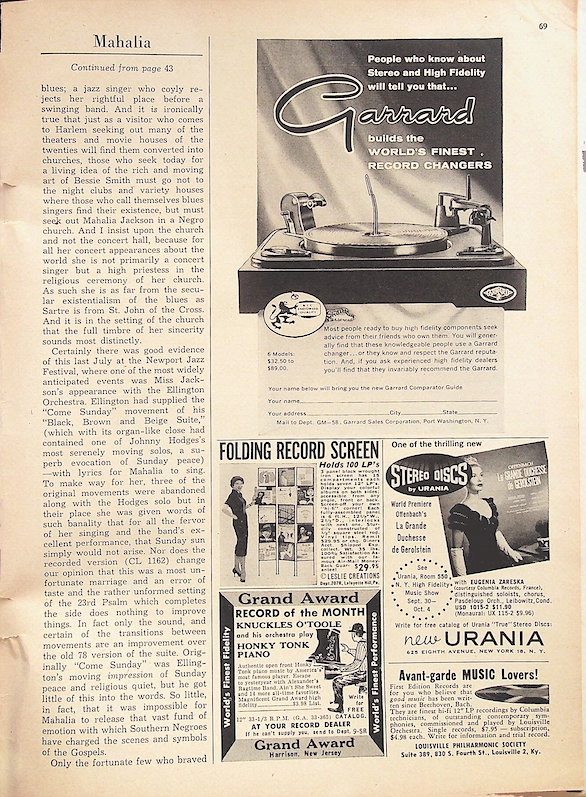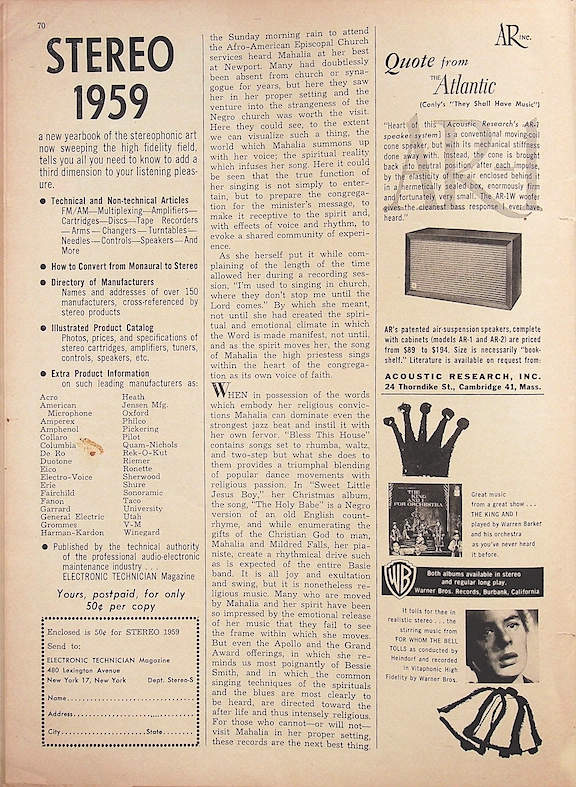The Voice of America
Shaping the intellectual landscape
In a time of social upheaval and the Cold War, when America was searching for its identity, a magazine emerged that proclaimed itself the "magazine of ideas": the Saturday Review. Especially in the 1950s, it was much more than just a periodical—it was an intellectual beacon that played a key role in shaping the cultural and political consciousness of the nation.
Originally launched in 1924 as "The Saturday Review of Literature," the magazine underwent a decisive transformation in 1952. The name change to "Saturday Review" was no coincidence, but a clear signal: the magazine opened up beyond literature to a broader spectrum of topics and became a comprehensive weekly magazine for the thinking reader.
A compendium of knowledge and criticism
Under the aegis of visionary editor-in-chief Norman Cousins, who shaped the magazine from 1940 to 1971, the Saturday Review developed into an indispensable compendium of reports, essays, and reviews. Cousins masterfully bridged the gap between literature and current events, which significantly increased the magazine's circulation.
What made the Saturday Review so unique in the 1950s was its thematic breadth: Focus on literature: Despite its expansion, literature remained at the heart of the magazine. Detailed book reviews by luminaries such as John Barkham and profound literary essays provided guidance amid a flood of new publications. Poetry editor John Ciardi, who headed the department from 1956, often sparked passionate debates with his pointed critiques.
The pulse of time
The magazine tirelessly commented on current events, from national politics to international entanglements. It offered its readers in-depth analysis and opinions that often went beyond the daily news cycle. Education, science, and travel: Whether it was educational reforms, the latest scientific discoveries, or exotic travel destinations, the Saturday Review conveyed knowledge in an accessible and engaging way..
Culture in the spotlight
Art and culture had a permanent place in the magazine. Music critics such as Irving Kolodin and theater critics such as John Mason Brown and Henry Hewes guided readers through the stages and concert halls of America and the world. Committed and liberal: Under Norman Cousins, the Saturday Review became an important voice for liberal causes. In the 1950s in particular, the magazine vehemently advocated disarmament and global understanding. It did not shy away from addressing social and societal issues and opening them up for discussion.
A legacy of ideas
The Saturday Review, often known simply as "SR," was influential in its heyday and home to a roster of high-profile critics and writers. Although it was never a commercial heavyweight, its true significance lay in its role as an intellectual gathering place and a platform for informed debate.
The 1950s were a decade in which Saturday Review cemented its role as a critical companion and thought leader. It not only reflected the intellectual curiosity of a nation, but also actively shaped it—a lasting legacy as a "magazine of ideas" that went beyond mere reading to inspire reflection and discussion.
Mahalia was the cover story in the September 27, 1958 issue.
© Saturday Review 1958
